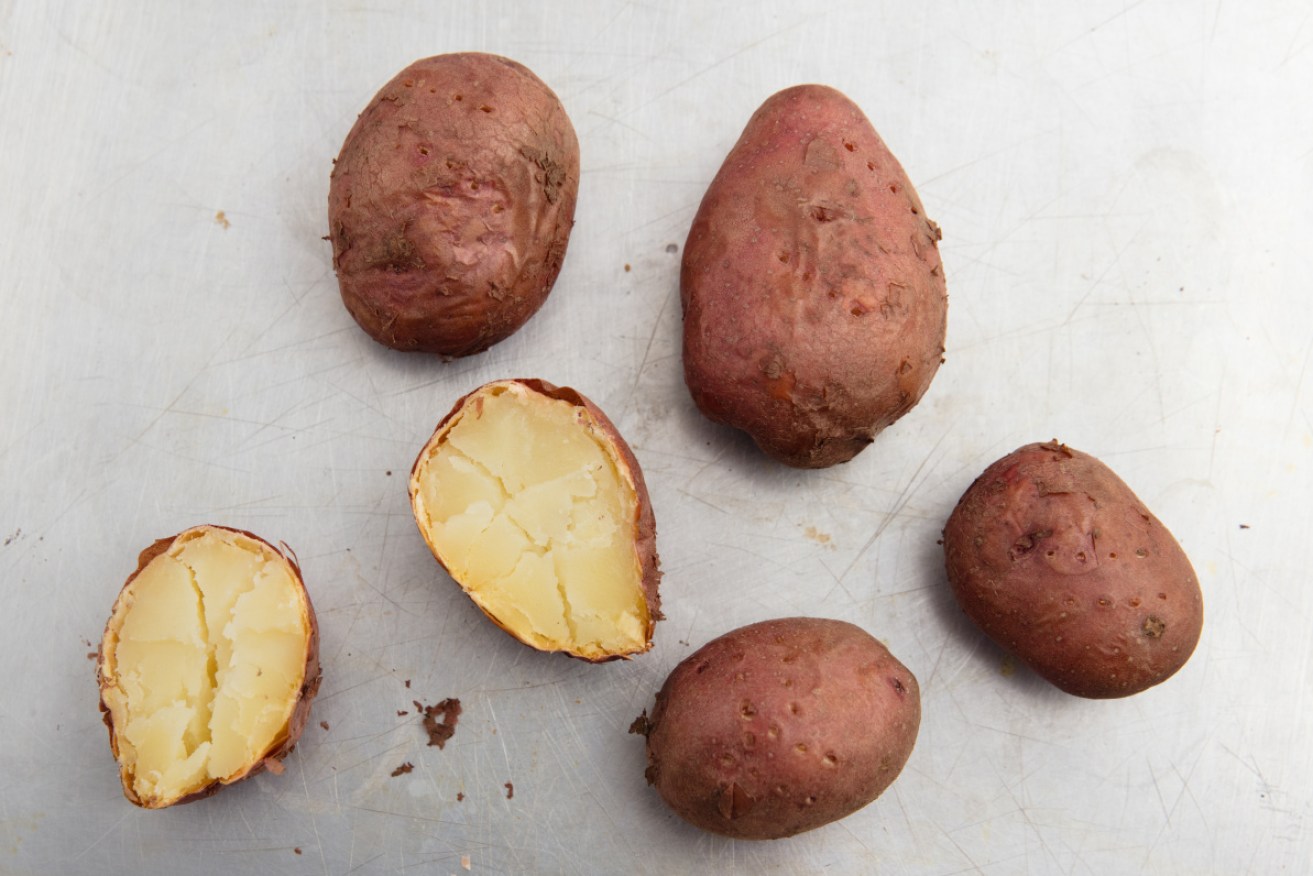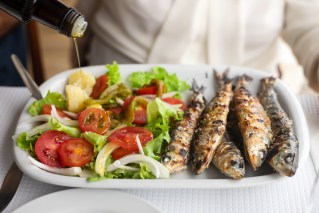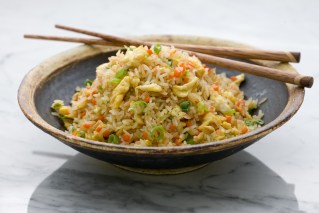Join the resistance: How to turn potatoes and rice into health foods


Baked potatoes left to cool. They have turned into dietary heroes. Photo: Getty
We all love potatoes, but it’s often an unhealthy relationship.
Super starchy, potatoes are quickly digested and tend to spike blood sugar levels. This is why diabetics are meant to cut back on potatoes and other starchy foods.
But this doesn’t mean you have to give up the holy of holies – the baked potato. The trick is to cook them the day before, let them cool overnight, and then re-warm them before eating with a succulent roast.
A kind of magical thing happens when potatoes – and other starchy foods such as rice and pasta – are cooked and then cooled.
They become rich with resistant starch – and have thus been transformed from a naughty food into a nice one.
What is resistant starch?
Regular starch burns up quickly in the small intestine, and little of the potato survives long enough to pass through to the large intestine.
Resistant starch gets its name from how it ‘resists’ digestion in the small intestine. When it moves into the large intestine, it behaves like a form of fibre by fermenting and feeding the resident ‘good’ bacteria.
All of which means that your yummy delinquent potato is now a hero – helping nourish your microbiome, which in turn means supporting your brain health as this has been linked to your gut health.
More details please
According to an explainer published by the CSIRO, resistant starch fermentation favours the production of butyrate, a short-chain fatty acid that works to keep the gut healthy and functioning normally.
Butyrate is the “preferred fuel for cells lining the gut and ensuring the integrity of the gut wall, helping to protect it against cancer and other serious digestive diseases”.
Resistant starch also offers health benefits beyond those in the gut, such as helping to reduce your risk of type 2 diabetes by increasing the body’s sensitivity to insulin.
Are we getting enough in our diet?
CSIRIO research indicates that many “everyday foods are low in resistant starch, that Australian adults on average eat only about three to nine grams each day, and adult men consume more resistant starch than women”.
Intakes of resistant starch of 15 to 20 grams per day are recommended for supporting bowel health. This is almost four times greater than a typical Australian diet currently provides.
All starchy foods contain resistant starch. It occurs naturally in cereal foods, such as breads and pasta, and legumes such as lentils, chickpeas, red kidney beans and baked beans, nuts and some seeds, starchy vegetables, and firm bananas.
The best sources are wholegrain cereals and legumes.
But remember the cook-and-cool trick with your potatoes. You can do it with rice and pasta too.








